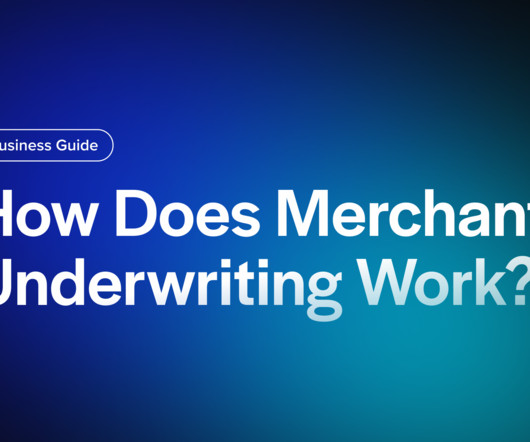Merchant Underwriting: What It Is, How It Works, and Why It’s Important
Stax
JANUARY 23, 2025
The merchant underwriting process is a critical step that payment processors and financial institutions use to assess the risk associated with onboarding new businesses. Learn More What is Merchant Account Underwriting? What is the Purpose of Merchant Underwriting?



















Let's personalize your content